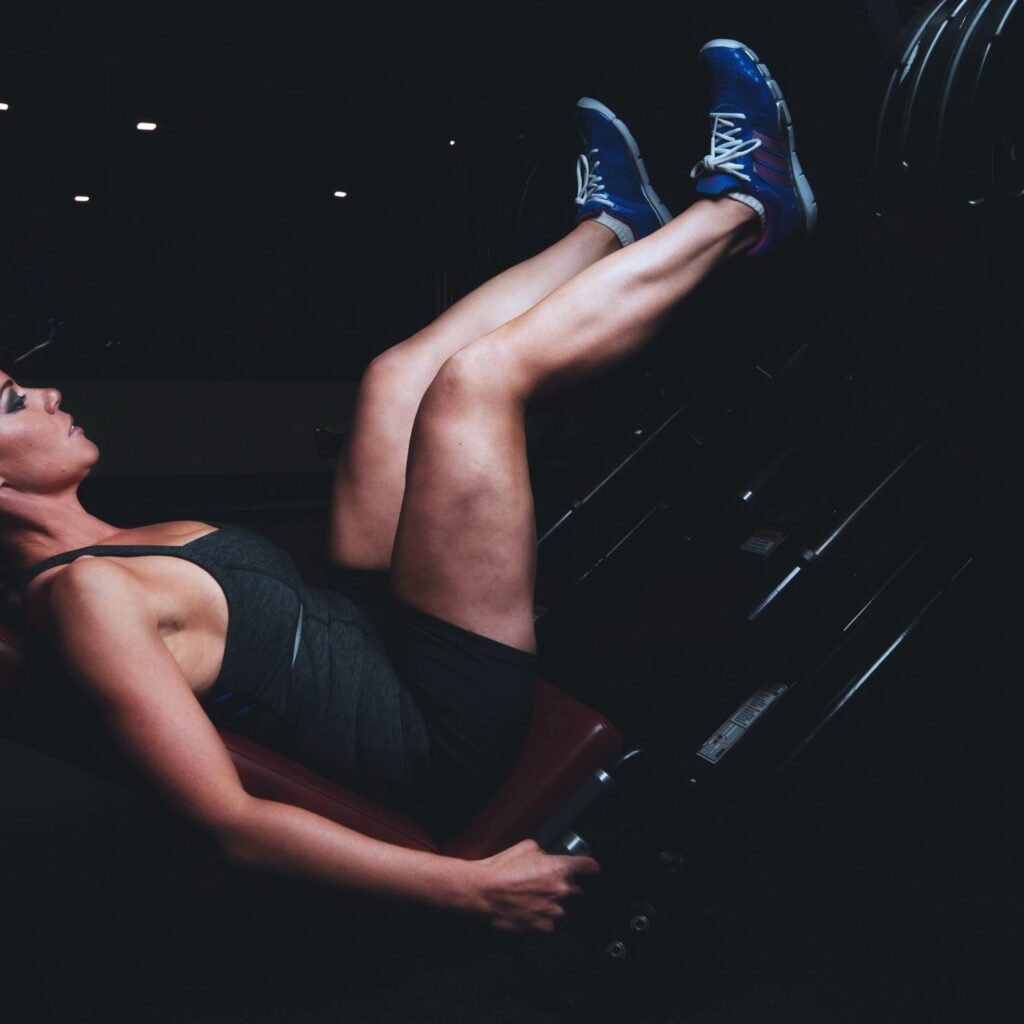
Introduction
Exercise is vital for maintaining overall health and well-being. For women, engaging in a variety of workouts can help achieve fitness goals, whether it’s building strength, enhancing cardiovascular health, or improving flexibility. This article explores some of the best workouts for women, highlighting their benefits and how to incorporate them into your fitness routine.
1. Strength Training
Benefits:
- Muscle Building: Increases muscle mass, which boosts metabolism.
- Bone Health: Strengthens bones, reducing the risk of osteoporosis.
- Functional Fitness: Improves overall strength, making daily activities easier.
Recommended Exercises:
- Squats: Targets the lower body, including glutes, quads, and hamstrings.
- Deadlifts: Strengthens the back, glutes, and hamstrings.
- Push-Ups: Works the chest, shoulders, and triceps.
- Dumbbell Rows: Enhances back and arm strength.
How to Incorporate:
- Aim for 2-3 strength training sessions per week.
- Focus on compound movements that work multiple muscle groups.
- Gradually increase the weight as you get stronger.
2. Cardiovascular Training
Benefits:
- Heart Health: Strengthens the heart and improves cardiovascular health.
- Weight Management: Burns calories, aiding in weight loss and maintenance.
- Endurance: Enhances overall stamina and energy levels.
Recommended Activities:
- Running/Jogging: Great for overall cardiovascular fitness.
- Cycling: Low-impact option that improves leg strength.
- Swimming: Full-body workout that’s easy on the joints.
- HIIT (High-Intensity Interval Training): Combines short bursts of intense exercise with rest periods, maximizing calorie burn.
How to Incorporate:
- Aim for at least 150 minutes of moderate-intensity or 75 minutes of high-intensity cardio per week.
- Mix different types of cardio to keep workouts interesting.
- Include both steady-state cardio and HIIT sessions.
3. Yoga
Benefits:
- Flexibility: Increases flexibility and range of motion.
- Stress Relief: Promotes relaxation and reduces stress.
- Core Strength: Strengthens the core muscles, improving posture and stability.
Recommended Styles:
- Hatha Yoga: Focuses on basic poses and breathing techniques, suitable for beginners.
- Vinyasa Yoga: Involves fluid movement between poses, increasing heart rate.
- Power Yoga: A more intense form that builds strength and stamina.
- Restorative Yoga: Uses props to support the body in passive poses, promoting deep relaxation.
How to Incorporate:
- Practice yoga 2-3 times per week.
- Start with beginner classes or online tutorials if you’re new to yoga.
- Use yoga as a complement to other forms of exercise for a balanced routine.
4. Pilates
Benefits:
- Core Strength: Focuses on strengthening the core, which supports overall body strength and stability.
- Posture Improvement: Enhances posture by working on alignment and muscle balance.
- Flexibility: Increases flexibility, particularly in the spine and legs.
Recommended Exercises:
- The Hundred: A classic Pilates exercise that targets the core.
- Roll-Up: Improves spinal flexibility and core strength.
- Leg Circles: Strengthens the hips and core.
- Plank: Builds overall body strength with a focus on the core.
How to Incorporate:
- Include Pilates 1-2 times per week.
- Combine mat-based exercises with equipment like the reformer for variety.
- Use Pilates as a low-impact option on recovery days.
5. Functional Training
Benefits:
- Everyday Strength: Improves strength and coordination for daily activities.
- Injury Prevention: Enhances balance and stability, reducing the risk of injury.
- Core Engagement: Focuses on core stability and strength.
Recommended Exercises:
- Kettlebell Swings: Strengthens the hips, glutes, and core.
- Medicine Ball Slams: Works the entire body and improves power.
- TRX Rows: Enhances back strength and stability.
- Farmer’s Walk: Improves grip strength and overall body stability.
How to Incorporate:
- Include functional training 1-2 times per week.
- Use a mix of bodyweight exercises and equipment.
- Focus on exercises that mimic daily movements and improve overall fitness.
6. Flexibility and Mobility Work
Benefits:
- Injury Prevention: Reduces the risk of injuries by improving joint range of motion.
- Performance Enhancement: Enhances performance in other workouts by improving movement efficiency.
- Pain Relief: Alleviates muscle stiffness and pain.
Recommended Activities:
- Dynamic Stretching: Incorporates movement to improve flexibility and prepare the body for exercise.
- Static Stretching: Involves holding stretches to improve flexibility.
- Foam Rolling: Uses a foam roller to release muscle tightness and improve mobility.
How to Incorporate:
- Include flexibility and mobility work in your warm-up and cool-down routines.
- Spend 5-10 minutes stretching after each workout.
- Use foam rolling sessions 2-3 times per week.
Conclusion
A well-rounded fitness routine for women should include a mix of strength training, cardiovascular exercise, yoga, Pilates, functional training, and flexibility work. By incorporating these diverse workouts, women can achieve their fitness goals, improve overall health, and maintain a balanced, active lifestyle. Consistency is key, so find activities you enjoy and make them a regular part of your routine for the best results.
Comments are closed